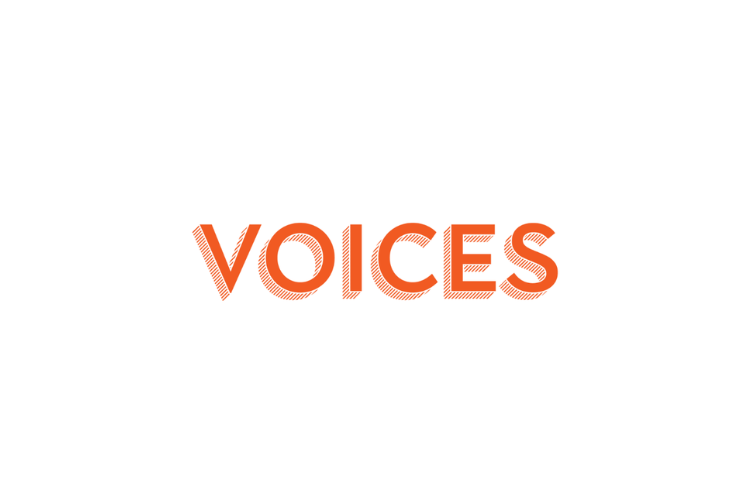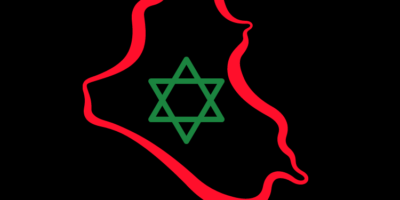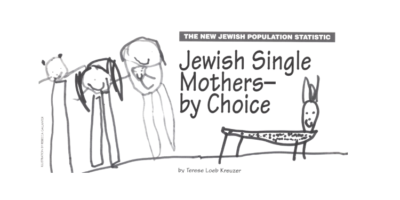
A Jewish Feminist Conference: How We Did It
Grassroots activists in San Francisco organized “Celebrating Diversity— Creating Community,” a day-long conference last November. Eighty workshops throughout the day reflected the conference theme, with discussions on topics ranging from “A Jewish Response to Domestic Violence,” “Jewish Lesbian Mothers” and “Jewish Women with AIDS.” Speakers included author Tillie Olsen and witchcraft leader Starhawk. The sellout crowd numbered 1000.
Unlike the region’s last Jewish women’s conference in 1992, which was coordinated mostly by staffers of the local Jewish Federation, the 1995 event was run largely by grassroots organizers. For them, creating a sense of community was an important part of planning the event.
“We stalled each planning meeting with a kavannah, a teaching,” said conference co-chair Serena Eisenberg. “We rotated facilitators and we consciously chose co-chairwomen of different ages and backgrounds. We specifically outreached to underrepresented populations such as mixed-race Jews, disabled Jews, immigrants and Orthodox women.”
“There was a great deal of talk about listening to each other and honoring each other,” said co-chair Marriam Cramer Ring. “In fact, that was the whole essence of the conference. ‘Celebrating Diversity—Creating Community;’ that was a title but it was very important that we really live that title.”
How do grassroots organizers plan a Jewish women’s conference? Here’s how the San Francisco area women made it happen.
1. Finding volunteers and setting goals.
The project dates back to April, 1994, with an initial meeting of about 22 women. At four brainstorming sessions held in different locations around San Francisco, three goals evolved. “We had to have a place for 1000 women so we wouldn’t have to turn anyone away. The diversity and community themes kept cropping up,” Cramer Ring said.
2. Dividing Tasks.
Volunteers met regularly and by June, 1994, they had decided on a one-day conference. In July, a group of 40 volunteers formed committees for programming, funding, outreach/publicity and follow-up. In October, the women submitted a grant proposal to the local Jewish Federation (which was quite supportive), and in November they confirmed the site and date. They formed a steering committee in December and Eisenberg and Cramer Ring were elected co-chairs.
3. Getting the job done. With 11 months to go, volunteers worked steadily through 1995. In January, the funding committee sent 200 “Chai letters”— requesting $18 each—to friends and relatives of volunteers for seed money. They mailed more letters to organizations and businesses and filled out additional grant applications.
Publicity began in February. In April, a graphic artist began work on a logo and registration brochures. Organizers settled on a vegetarian kosher breakfast and lunch menu, and put out a call for workshop proposals. The keynote speakers, poet and activist Irena Klepfisz and executive director of San Francisco’s Jewish Family and Children’s Services Anita Friedman, were invited.
By May, conference organizers received a $20,000 grant from the Jewish Community Endowment Fund of the local federation. More grants, totaling $5000, came through, and donations and sponsorships topped $12,000. These contributions helped pay expenses and allowed women to attend the conference who could not afford the $45 registration fee.
About six weeks before the conference, registration brochures were mailed. One month before, two local Jewish bookstores agreed to sell their wares at the event and an event coordination committee met at the site to lay out the day.
Volunteers are already planning a multi-day event for the summer of 1997 and plan to establish a local Jewish Women’s resource center.




